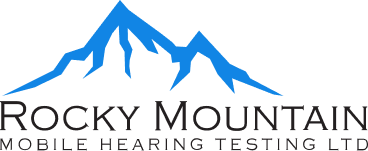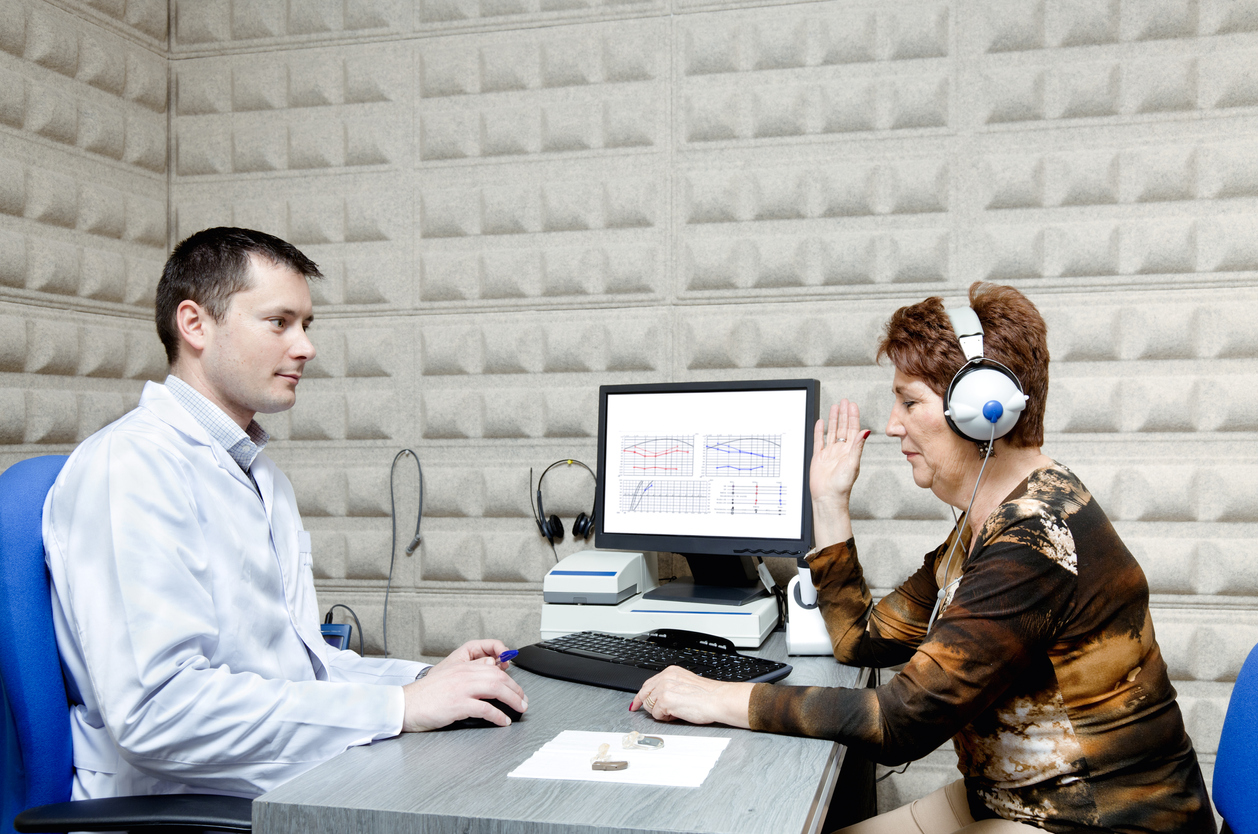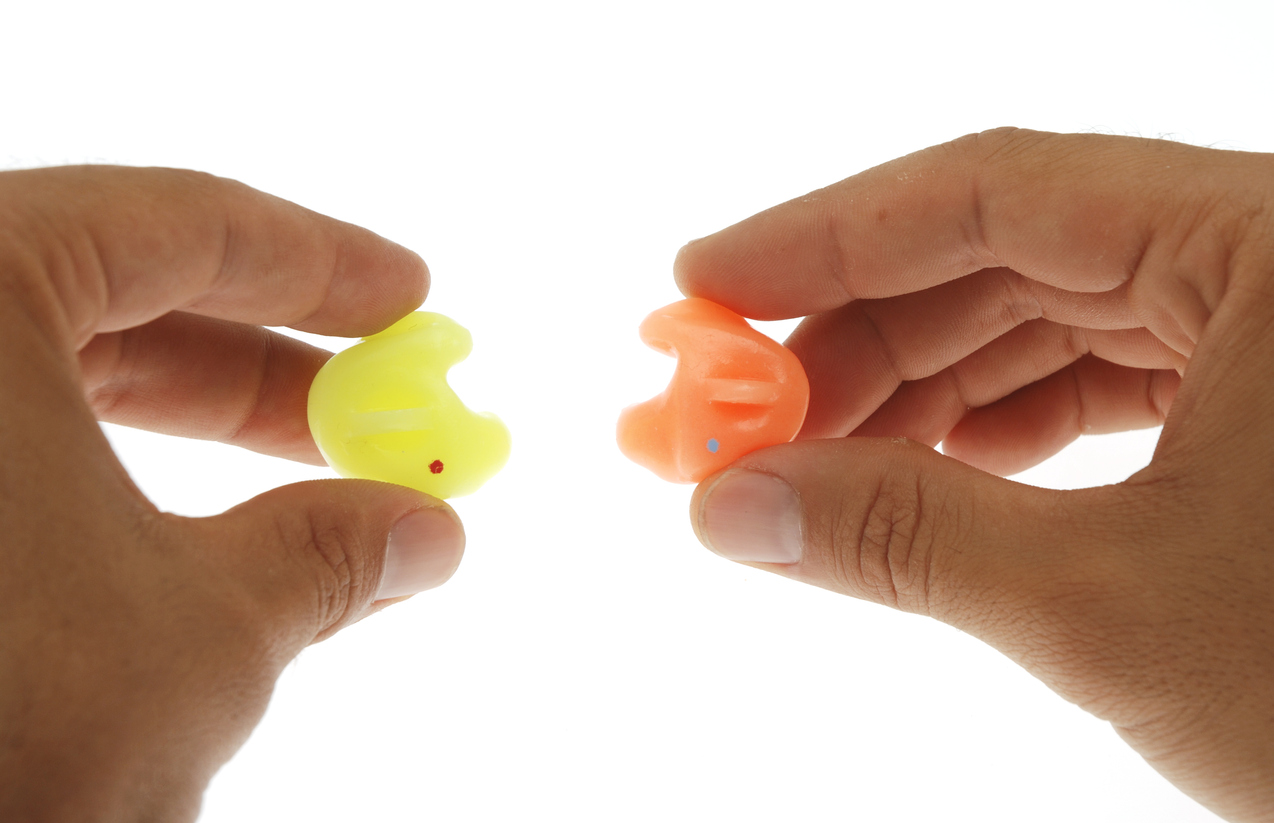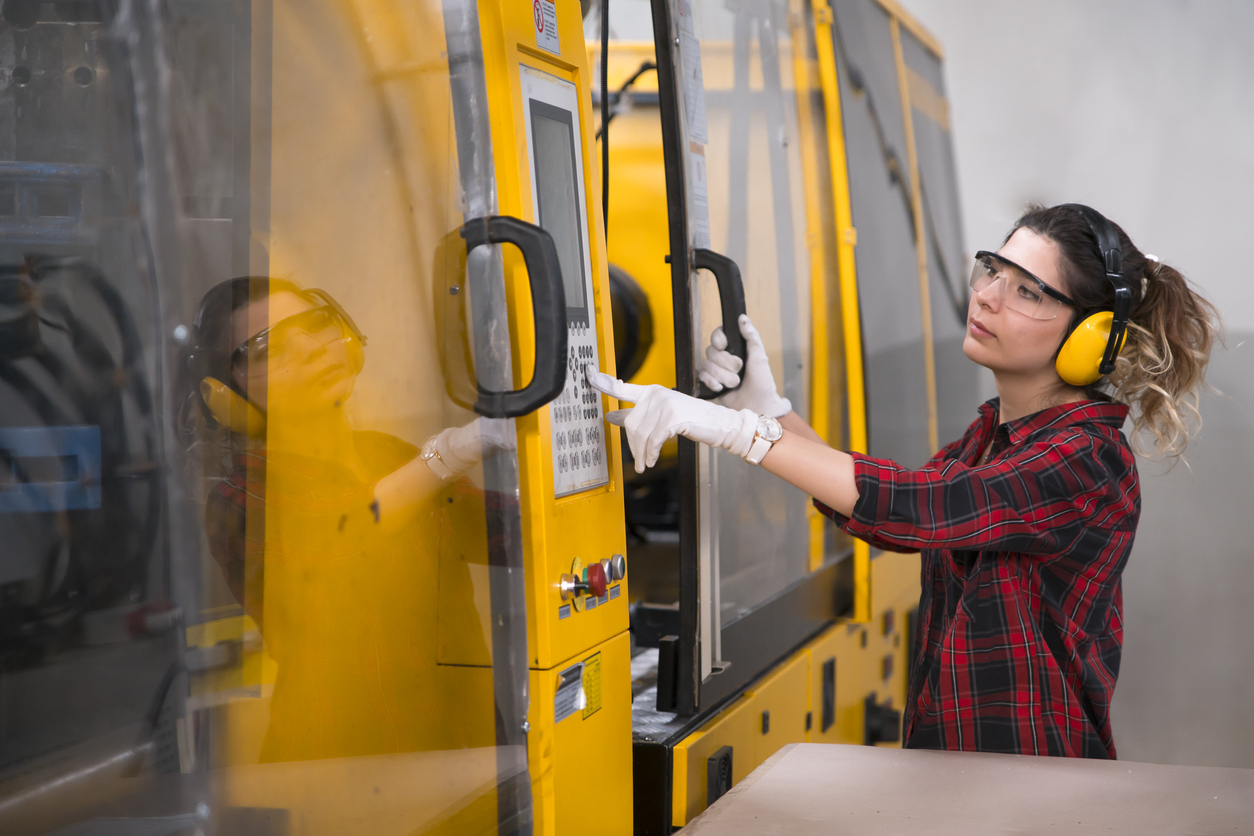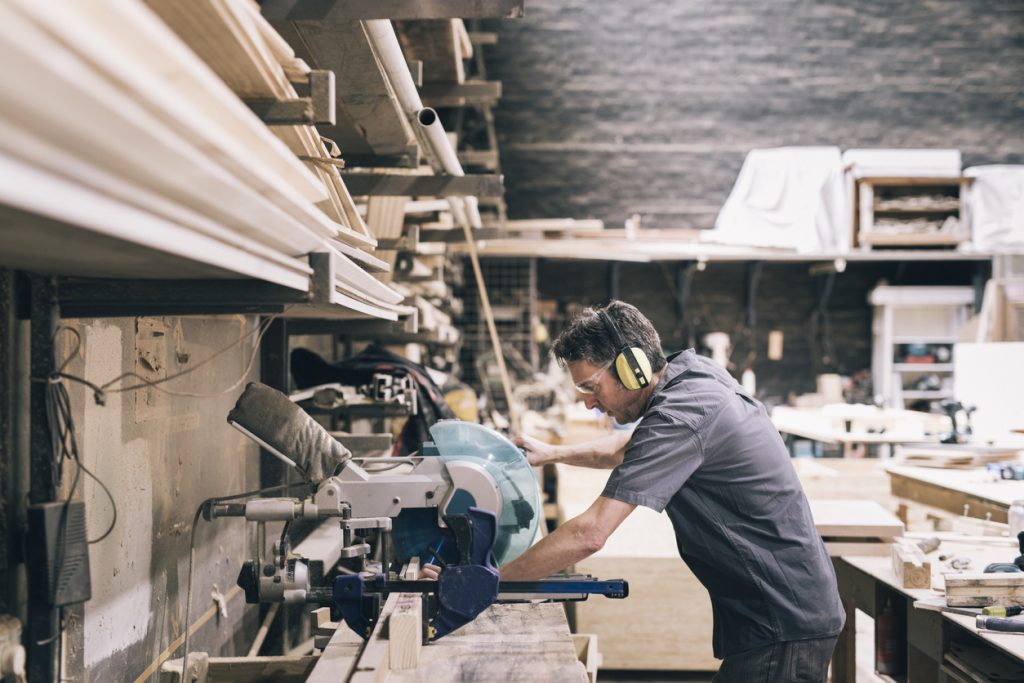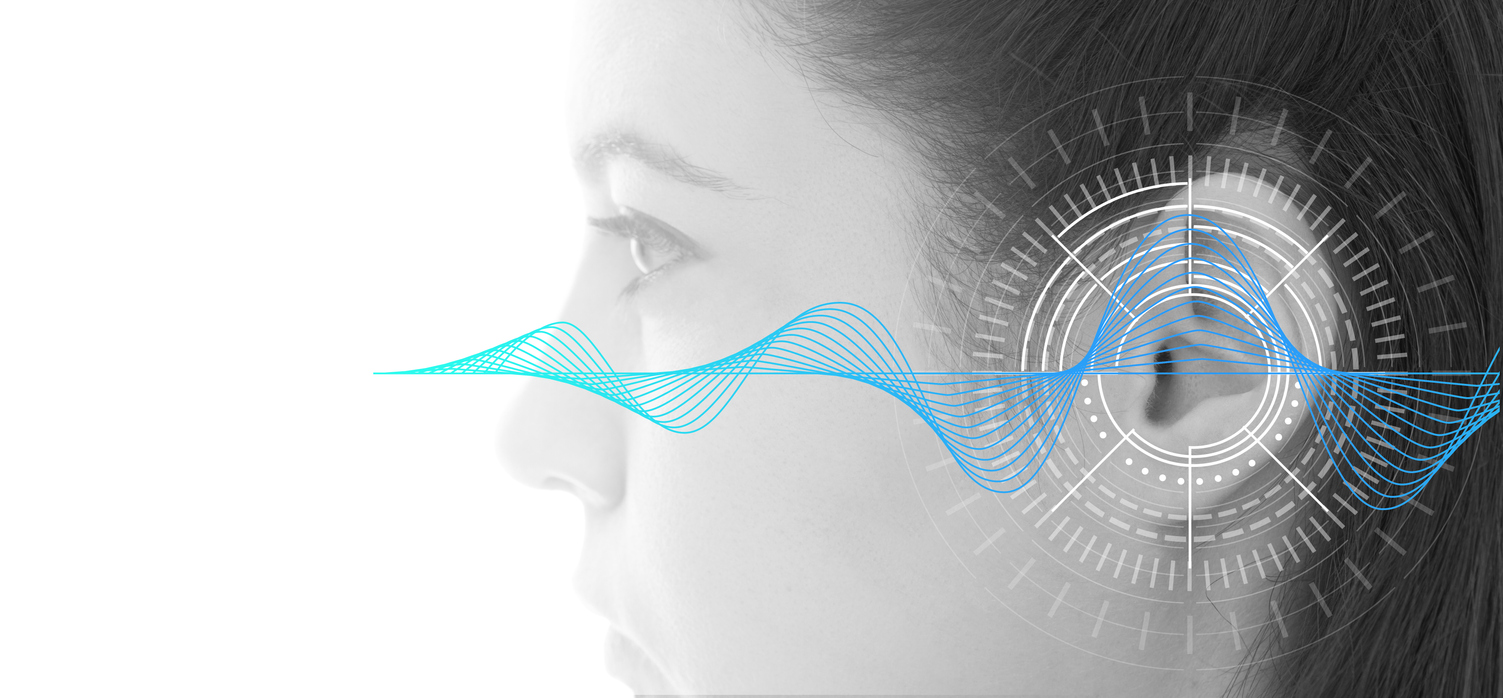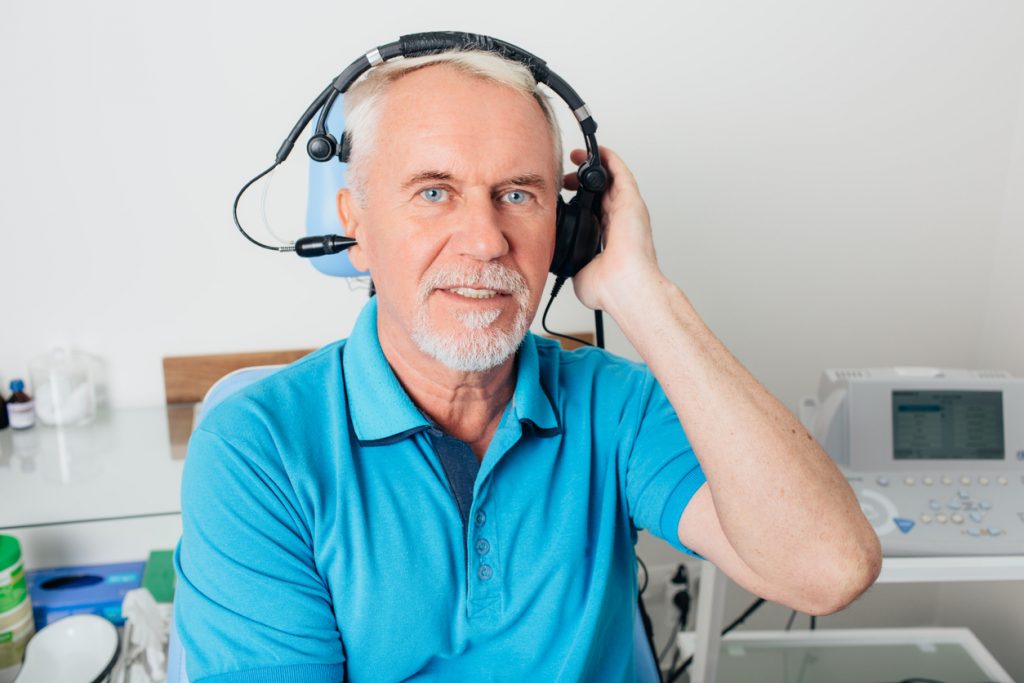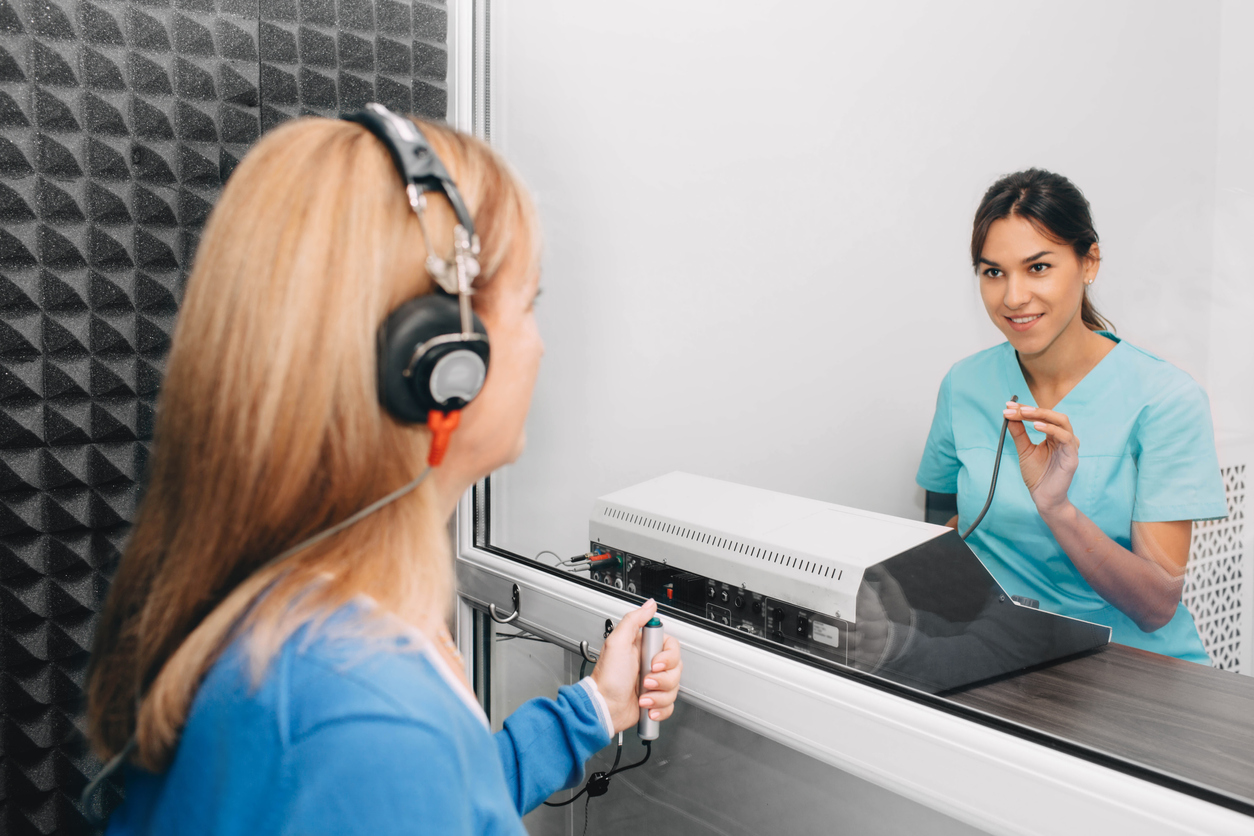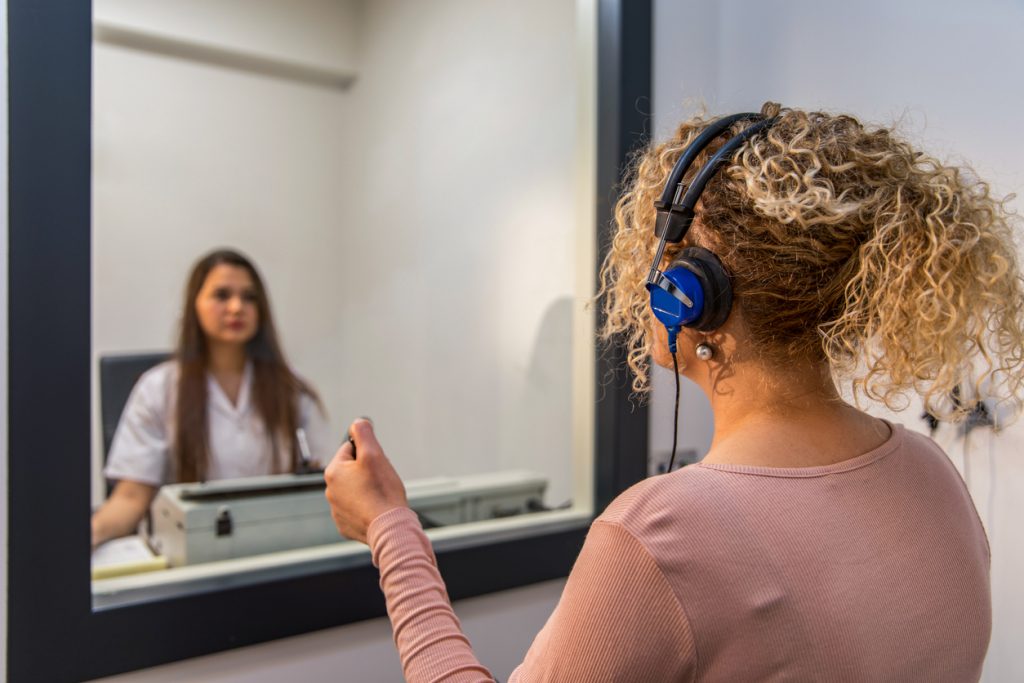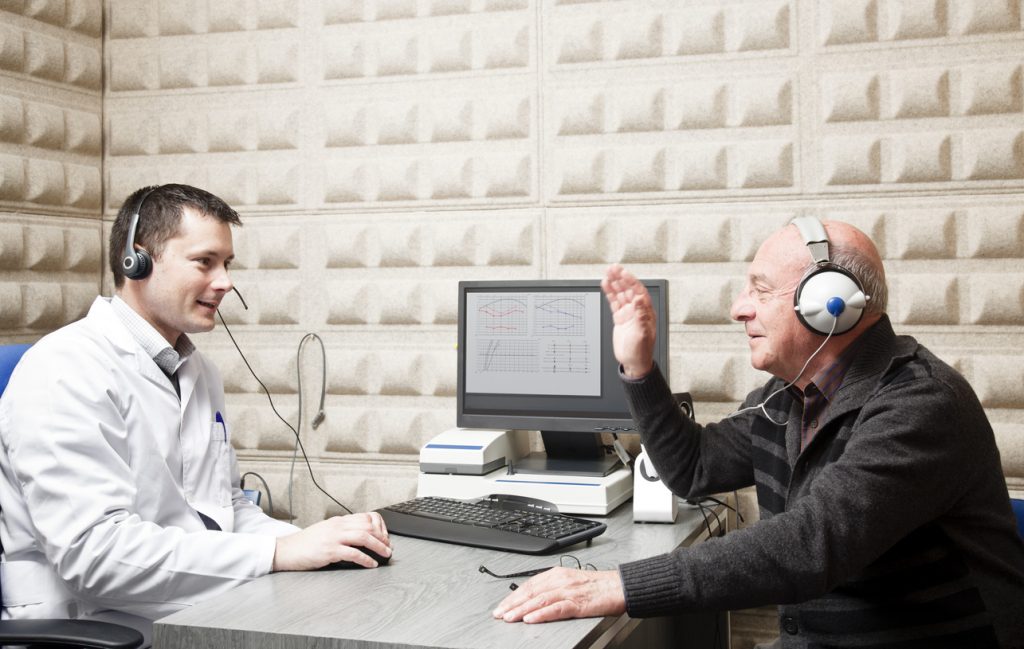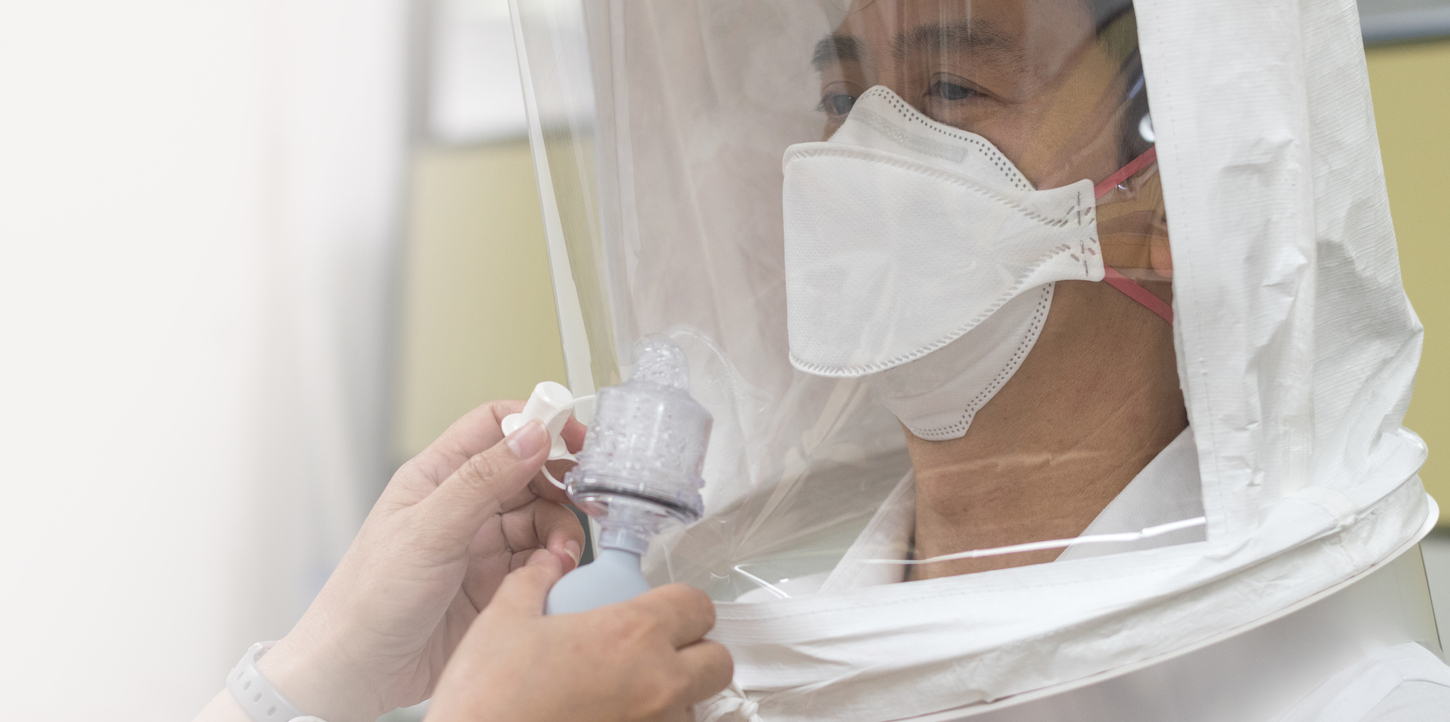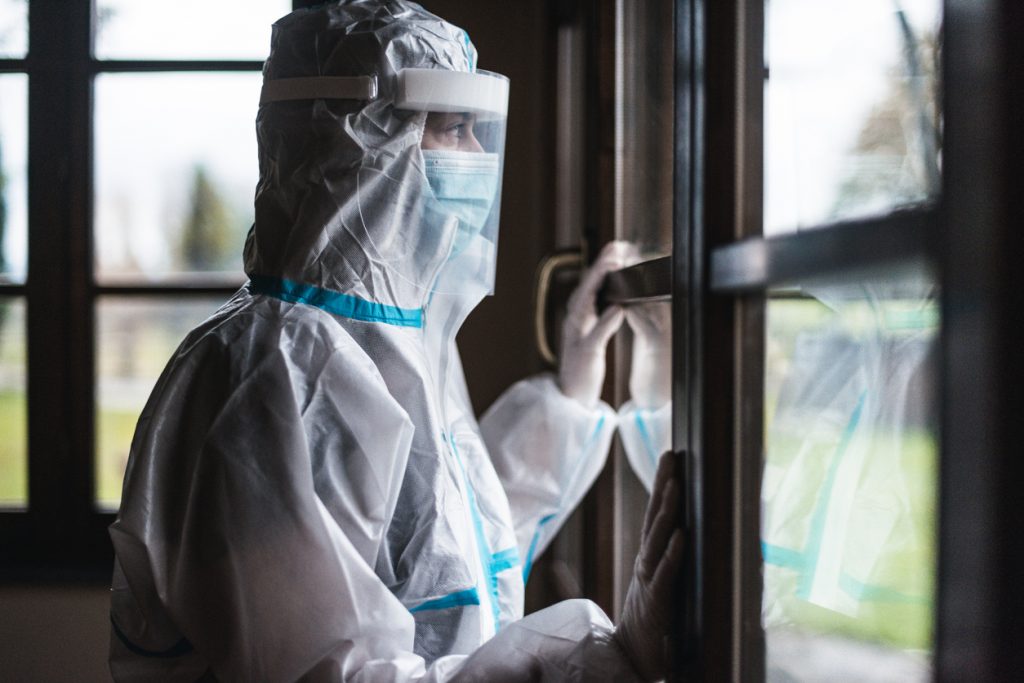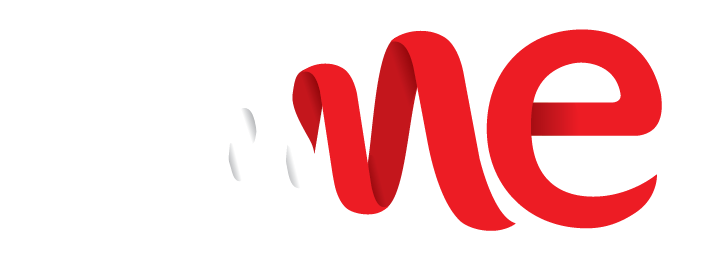No, hearing testing is not mandatory for every business or every employee. However, we recommend that everyone undergo regular testing throughout their lives to ensure that any changes can be noticed and addressed without worsening or ignorance. With that being said, there are some exceptions to the rule where hearing testing is a legislative requirement of continued operation.
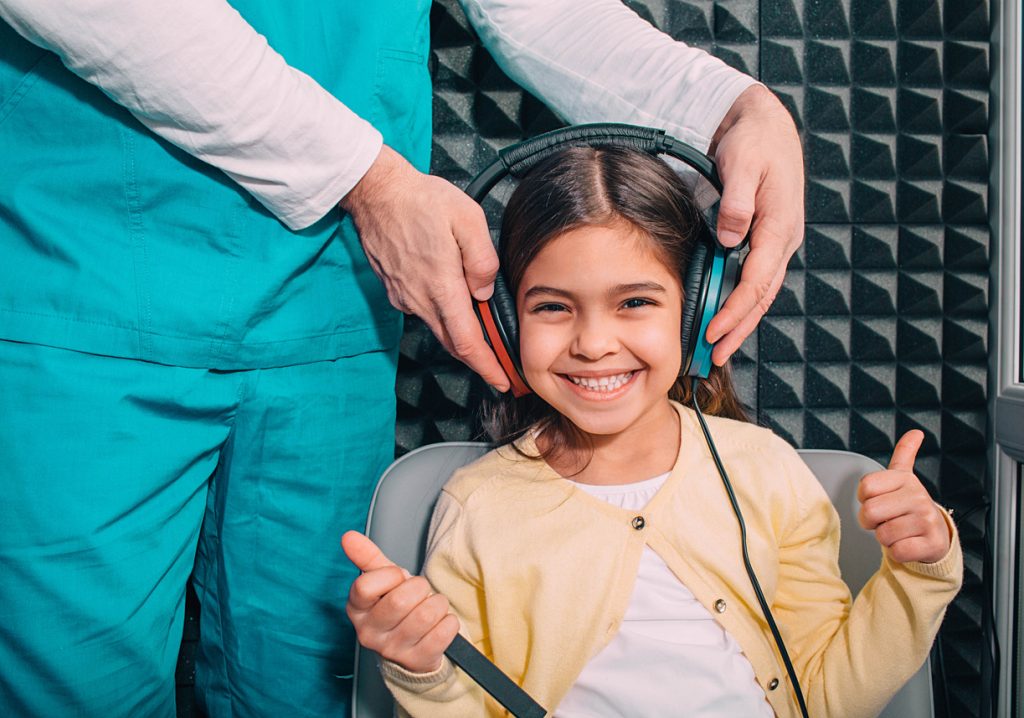
When Is Hearing Testing Mandatory?
As described in the Occupational Health & Safety (OHS) legislation, many businesses will have to perform regular audiometric assessments. These businesses share the same qualities, which is that loud noises are an expected part of their operation. From sound technicians to welding shops and many companies in-between, this quality marks the minimum boundary upon which, at least, an assessment into the extent of the noise exposure of workers must be conducted.
This investigation must be done by a qualified person and follow standards set out in the OHS legislation. By taking measurements throughout the company’s facilities at different locations and intervals, a reasonable conclusion about the level of noise can be reached. If the noise is found to exceed the baseline where hearing damage can occur (85 dBa), a hearing conservation program must be implemented.
What Are the Requirements for a Hearing Conservation Program?
The requirements for a hearing conservation program include annual hearing testing, policy and procedure formulation and the availability of hearing protection that reduces the volume to within acceptable limits. This helps ensure that employees have access to the tools and equipment they need to stay safe on-site and that the boundaries and expectations of the employer are clearly defined.
Rocky Mountain Mobile Hearing Testing is your locally owned and operated Calgary business. We are committed to providing mobile hearing testing services and other safety tests to numerous industries and companies in Western Canada. Our services are part of the WorkSafeBC Provider Network, while our sound booths are approved by the CSA. We offer audiometry testing, mask fit testing, custom earplugs, noise measurements, help with implementing a hearing conservation program, and spirometry testing. If you want to improve your workplace, leave it in the hands of our team. Contact us today at (403) 399-4775.
